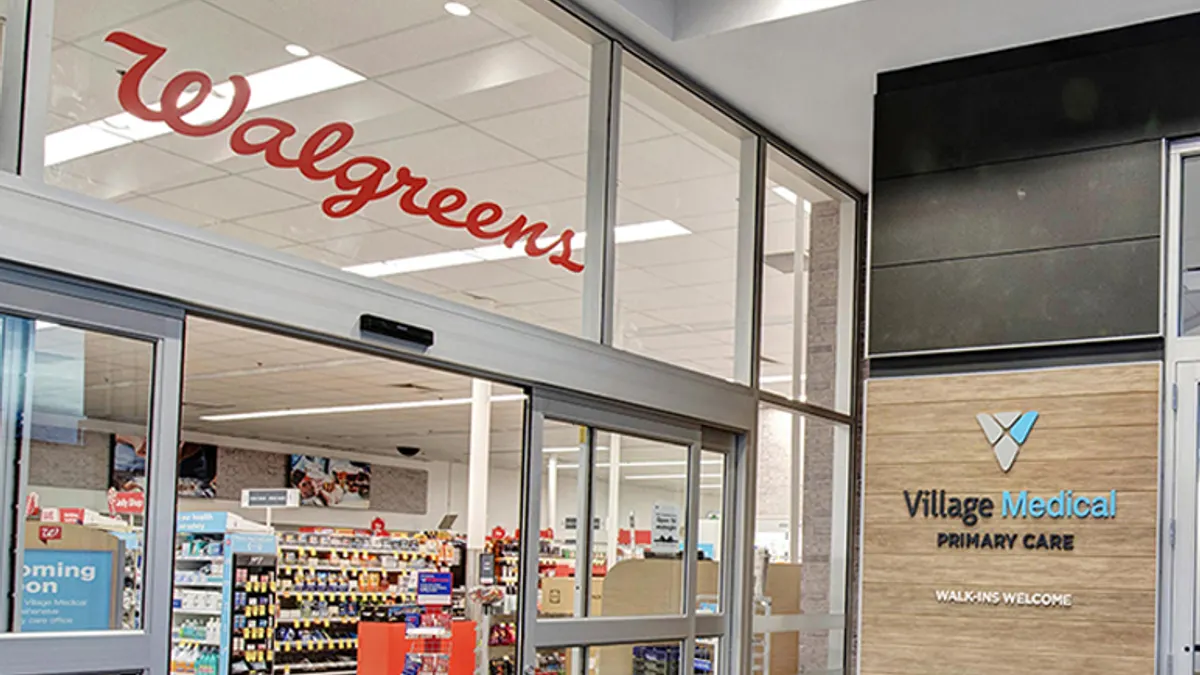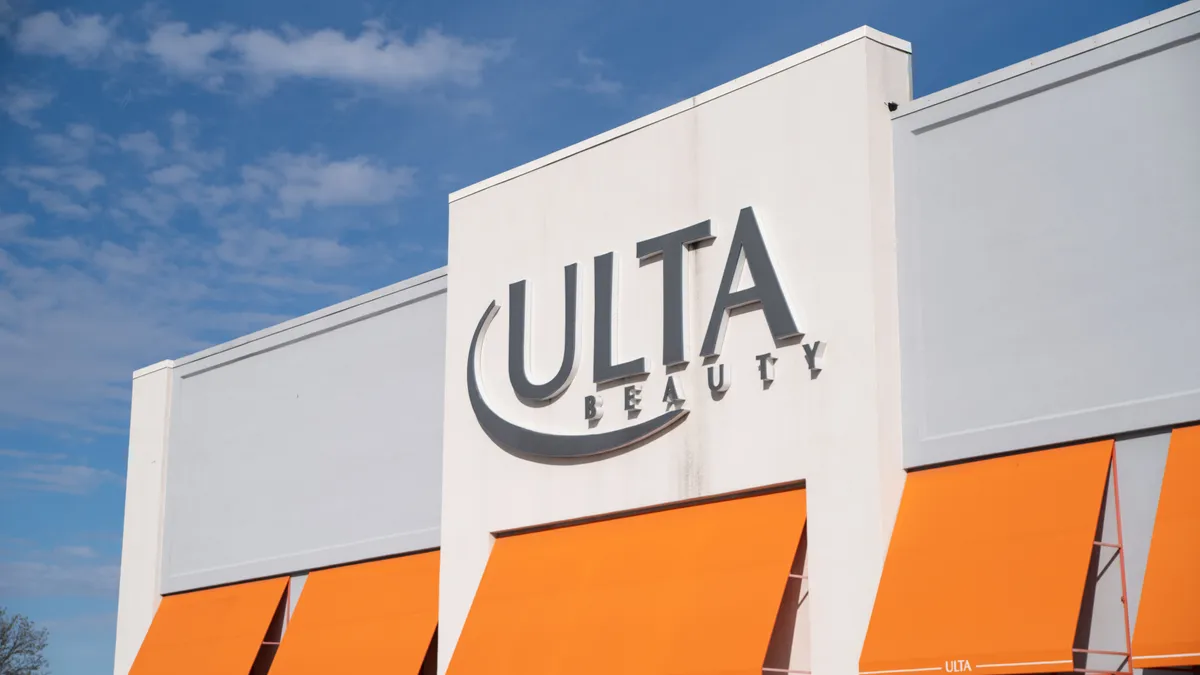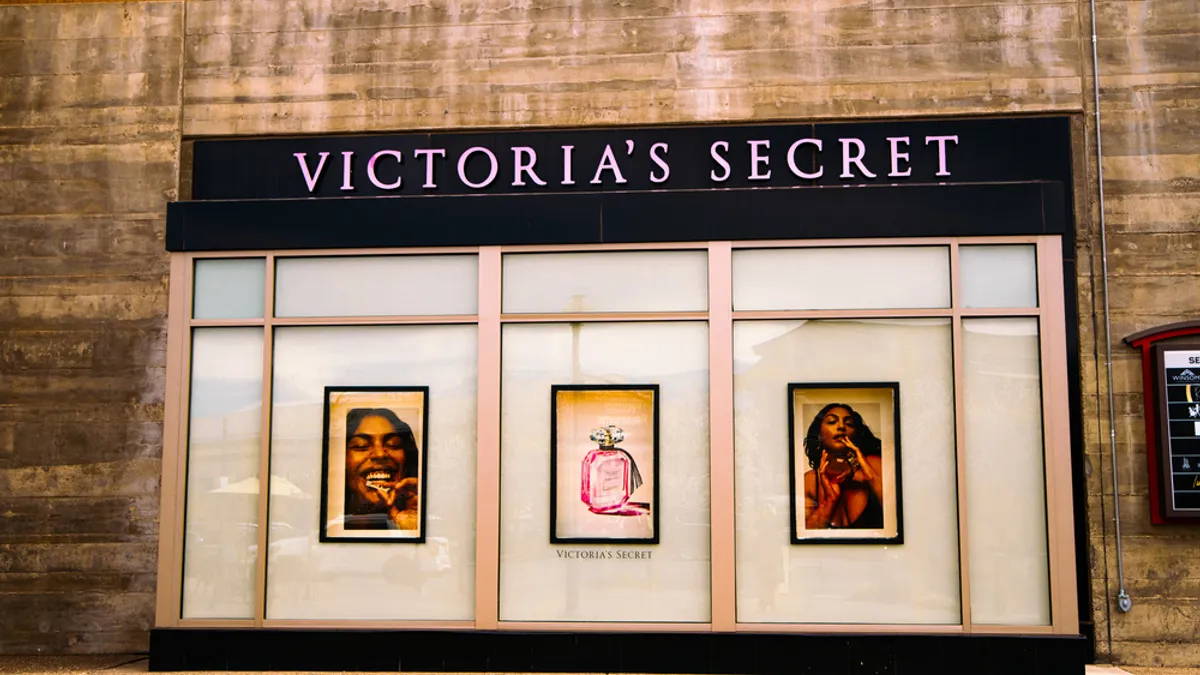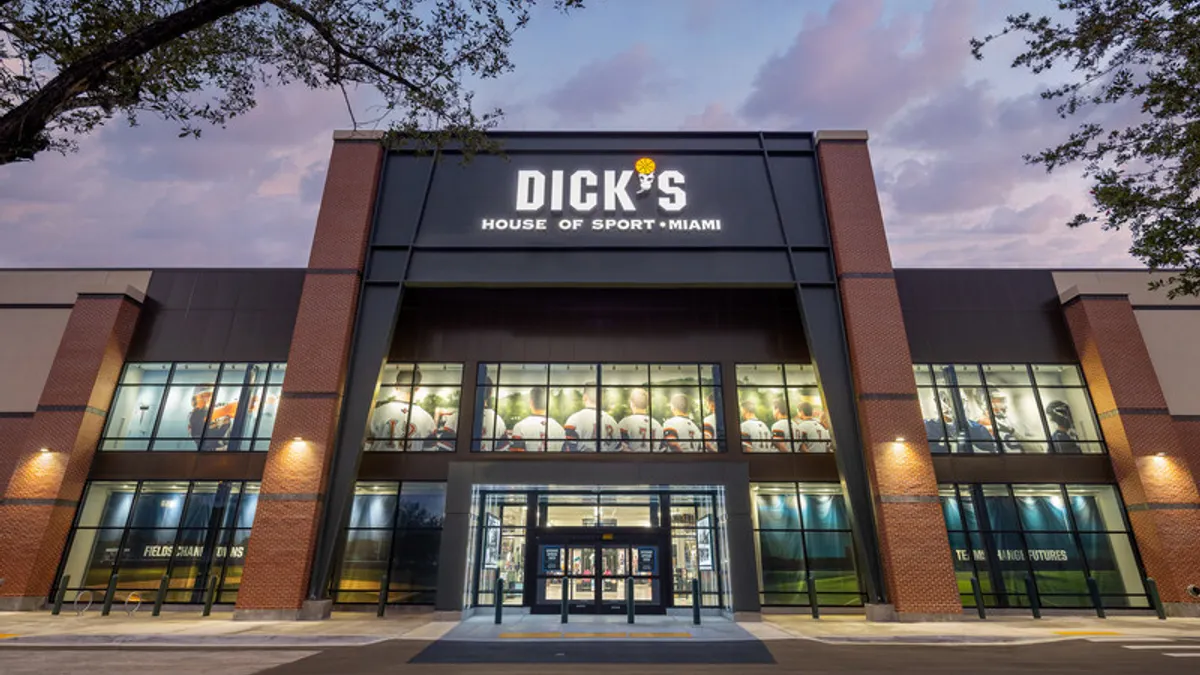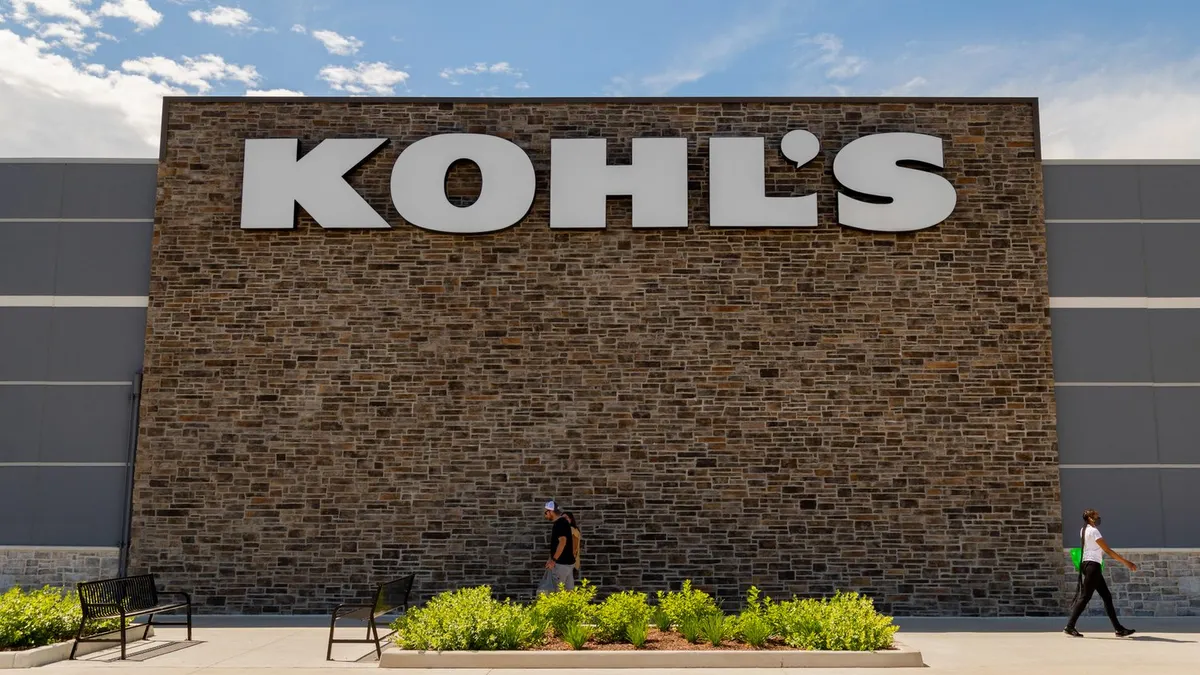Just over a week ago, President of Nordstrom Rack Geevy Thomas flew to St. Louis to personally apologize to three black teenagers who were followed by Nordstrom employees, falsely accused of stealing clothing and confronted by police officers upon exiting a store. It was the second such apology from Thomas. The first came via phone to the gentlemen the day of the incident.
Senior leadership acted quickly to take responsibility for the situation, which human resources, employee training and empathy experts told Retail Dive is an outwardly authentic and positive step toward rebuilding trust with its customer base. But apologies can only go so far, and a lack of concrete steps to address bias could be particularly damaging for brands that depend on a progressive image and high levels of customer service to differentiate.
While Nordstrom is currently conducting an internal investigation of the actions taken by employees, it's not clear exactly if or how the company will address bias in its culture and training in a larger way.
"We are committed to ensuring our processes and guidelines are well understood by our employees, and identifying opportunities to enhance the training and resources we offer them," Thomas said in a statement last week.
A company spokeswoman did not confirm whether the employees involved were still Nordstrom employees, nor whether the company currently trains its employees on implicit bias.
For Deborah Munster, executive director of Diversity Best Practices, silence seems to symbolize the greater industry problem: There is no standard — or compliance — when it comes to unconscious bias training and company culture.
Bias isn't exactly something companies are excited to talk about in detail unless they have to. But, with more retailers finding incidents of racial profiling at their stores reported in national media, it's likely that many behind closed doors are reflecting on their practices and mulling how they might create new programs or enhance existing training curriculum. Here's what we gleaned from talking to several experts on the subject.
Why is everyone buzzing about bias?
Implicit bias is not a new concept. But there is something different about this moment in time that's leading to conversations about how to mitigate the problem, Munster said.
"For the first time you're seeing an intersection between politics, diversity, inclusion and the workplace — all three of those things are intersecting, so the divisiveness that's happening in the country is making the media mainstream."

Deborah Munster
Executive director of Diversity Best Practices
"What is different recently is the political landscape," she said. "I think for the first time you're seeing an intersection between politics, diversity, inclusion and the workplace — all three of those things are intersecting, so the divisiveness that's happening in the country is making the media mainstream."
Bias isn't the only topic working its way into retailers' workplace discussions. Conversations around sexual harassment and "boys club" corporate culture have also risen dramatically over the last year thanks to the rise of the #metoo movement. As employees and others have come forward either in a company setting or to the greater public to raise concerns about such culture, many executives have departed. Nike is one of the most notable brands dealing with this situation. At least five top executives left in recent weeks after the company was exposed in a New York Times profile for having longstanding "toxic" culture issues. In a report published this week, Nike said it is investing in management training and recruiting programs to fill top positions with more women and minorities.
There are a few other reasons why the conversation on bias and diversity has escalated. "One is, you have a generation who is much more socially conscious and probably more diverse than any other generation prior to them, and secondly, the access to information. We did not grow up with social media and the ability to go viral very quickly," Munster said.
The Starbucks standard
The dust is settling after a highly-publicized incident of racial profiling at a Starbucks in Philadelphia last month. In the immediate aftermath of the situation, in which baristas called the police on two black men who were waiting in the coffee chain for a third person to join a business meeting, CEO Kevin Johnson apologized publicly and settled with the men for $1 each and a promise to create a $200,000 fund for a young entrepreneur program.
He also announced a dramatic solution — to close his roughly 8,000 plus stores for a one-day racial-bias training program, the curriculum of which is being developed by national and local experts. Starbucks said it will make the curriculum available for other companies to use.
Aside from the fact that the highly-publicized solution is generating largely positive PR for the coffee chain, experts told Retail Dive that the reaction from Starbucks is something of a gold standard for how a company should respond to this kind of a situation.
The company's approach is almost textbook good, said Maurice Schweitzer, a professor of management and operations, information and decisions at the Wharton School at the University of Pennsylvania. A few years ago, Schweitzer co-authored an article in the Harvard Business Review titled, "The Organizational Apology," in which he outlined what makes an authentic and meaningful apology after a corporate blunder.
"[Starbucks is] checking all the boxes," he said. "They had the CEO involved, so you want senior leadership involved, you want to take some clear action that's costly to the organization, and they're doing that. It's clear when they're shuttering their stores that they're taking action. The apology was immediate and heartfelt; the CEO cried and showed emotion. You have to be deeply cynical to think Starbucks doesn't care about what happened."
Another key point: Starbucks is talking about bias both externally and internally. The underlying challenge, however, is that the training program won't actually have a profound effect on employee behavior, Schweitzer said. That's not to say that training programs aren't helpful, but they're in some ways symbolic and only the first step toward committing to a structural change within the organization.
Rethinking training
Retail is still going through a transformation phase, one that has many working with looming debt loads and tight margins, and diversity and training programs can be some of the first things to go when companies are under financial stress. But companies should think twice about axing these programs, Munster said. "For the retail industry, as the biggest example, the reputational risk far outweighs the company's efforts and costs to implement this type of program."
There are three major ways companies are training on unconscious bias, Munster added. The first is about making employees aware of micro inequities, and the second couples that awareness with tools to mitigate their individual bias.
"The biggest message these trainings send is that bias is human nature and it's not something that should always be viewed as negative," she said. "It's a matter of knowing what they are."
"Just because someone worked in retail before, retailers make these assumptions that well everyone understands what customer service is or how to treat someone right, and they really don't."

Bob Phibbs
CEO of Retail Doctor
The most comprehensive way to acknowledge and reduce bias, Munster said, is to keep track of biases throughout the workplace whether in dealing with colleagues, employees, recruitment, hiring, talent management or other situations. In the retail industry, the key is for employees to keep a customer-centric focus that takes into consideration differences.
"It's one thing for the employee to make sure that the customer is at the center of their services and acknowledging the differences and being inclusive of each customer, but it's also important to train the employee for instances when perhaps a customer may be biased or discriminatory," she said.
According to Bob Phibbs, CEO of New York-based retail consultancy The Retail Doctor, "What we have to train is empathy." Training programs have to closely analyze what gets someone to the point where they're calling the police and guide employees on the correct escalation procedure, he said. One of the biggest lessons Phibbs teaches employees during his retail sales training sessions is to go up to shoppers in the store and make friends with them. It's a simple skill, but one that Phibbs said many associates don't have.
"Just because someone worked in retail before, retailers make these assumptions that well everyone understands what customer service is or how to treat someone right, and they really don't," he said, adding that retailers should be especially cognizant of the fact that millennials and Gen Z grew up developing very different interpersonal skills because of cellphones and social media.
Training alone isn't enough
One way to think about whether current training programs and policies are enough is to ask this question, Schweitzer said: "Do I have procedures in place designed to achieve gender or racial equality, and do I see that reflecting values of the company?"
It's a question that moves the solution beyond a one-day training session, and that's the key to ensuring a sustained message on diversity and inclusion both internally and externally.
"People are watching, people are sensitive to this, and I think customers and employees are now demanding greater accountability."

Maurice Schweitzer
Professor, Wharton School at the University of Pennsylvania
Unconscious bias trainings can only take companies so far. "By making people aware of [their bias], you're also inviting backlash," Schweitzer said. "You're also inviting some people to be complacent about it." Real cultural change needs to driven top-down, starting with executive leadership.
Companies also should think holistically about their people culture, and partnering with a diversity solutions expert in the space can help retailers check their blind spots and make sure that their efforts to reduce bias and increase diversity are sustained, Munster said.
Often companies don't talk outwardly about bias or employee training unless there is a public relations crisis. But these days, executives should also be prepared to apologize, Schweitzer said.
"Corporations are becoming far more sensitive to the idea that almost any organization can get into trouble, and that the rules have changed," he said. "People are watching, people are sensitive to this, and I think customers and employees are now demanding greater accountability."






